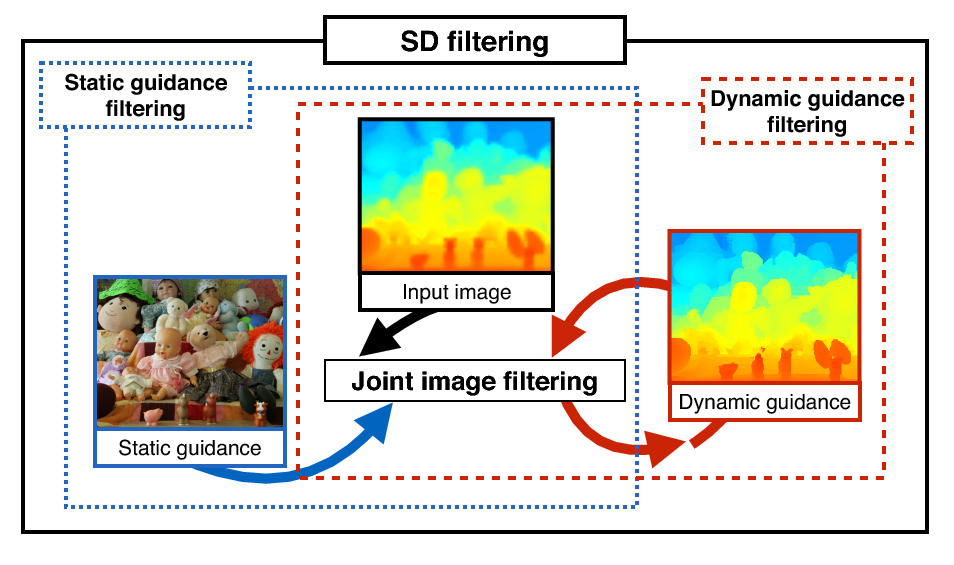Section: New Results
Image restoration, manipulation and enhancement
Learning a Convolutional Neural Network for Non-uniform Motion Blur Removal
Participants : Jian Sun, Wenfei Cao, Zongben Xu, Jean Ponce.
In this work, we address the problem of estimating and removing non-uniform motion blur from a single blurry image. We propose a deep learning approach to predicting the probabilistic distribution of motion blur at the patch level using a convolutional neural network (CNN). We further extend the candidate set of motion kernels predicted by the CNN using carefully designed image rotations. A Markov random field model is then used to infer a dense non-uniform motion blur field enforcing the motion smoothness. Finally the motion blur is removed by a non-uniform deblurring model using patch-level image prior. Experimental evaluations show that our approach can effectively estimate and remove complex non-uniform motion blur that cannot be well achieved by the previous approaches. This work has been published at CVPR 2015[15] .
Robust Image Filtering Using Joint Static and Dynamic Guidance
Participants : Bumsub Ham, Minsu Cho, Jean Ponce.
Filtering images using a guidance signal, a process called joint or guided image filtering, has been used in various tasks in computer vision and computational photography, particularly for noise reduction and joint upsampling. The aim is to transfer the structure of the guidance signal to an input image, restoring noisy or altered image structure. The main drawbacks of such a data-dependent framework are that it does not consider differences in structure between guidance and input images, and it is not robust to outliers. We propose a novel SD (for static/dynamic) filter to address these problems in a unified framework by jointly leveraging structural information of guidance and input images. Joint image filtering is formulated as a nonconvex optimization problem, which is solved by the majorization-minimization algorithm. The proposed algorithm converges quickly while guaranteeing a local minimum. The SD filter effectively controls the underlying image structure at different scales and can handle a variety of types of data from different sensors. It is robust to outliers and other artifacts such as gradient reversal and global intensity shifting, and has good edge-preserving smoothing properties. We demonstrate the flexibility and effectiveness of the SD filter in a great variety of applications including depth upsampling, scale-space filtering, texture removal, flash/non-flash denoising, and RGB/NIR denoising. This has been published at CVPR 2015 [10] . The SD filter is illustrated in Figure 9 .
|
PCS-Net: A Deep learning approach to image restoration
Participants : Jian Sun, Jean Ponce.
This work introduces a novel framework for image restoration casting this problem as a joint classification and regression task. This is a learning-based approach, which first classifies degraded image patches into different categories, then restores these patches using category-specific models. We implement this idea by designing a novel convolutional neural network (dubbed PCS-Net), combining a CNN-based patch classification subnet with a novel patch category switched CNN architecture for category-specific restoration. The proposed PCS-Net learns different weights for different patch categories in a common network structure. Experiments on standard benchmarks show that our approach matches or improves upon the state of the art in image super-resolution and denoising. This work is under review.


